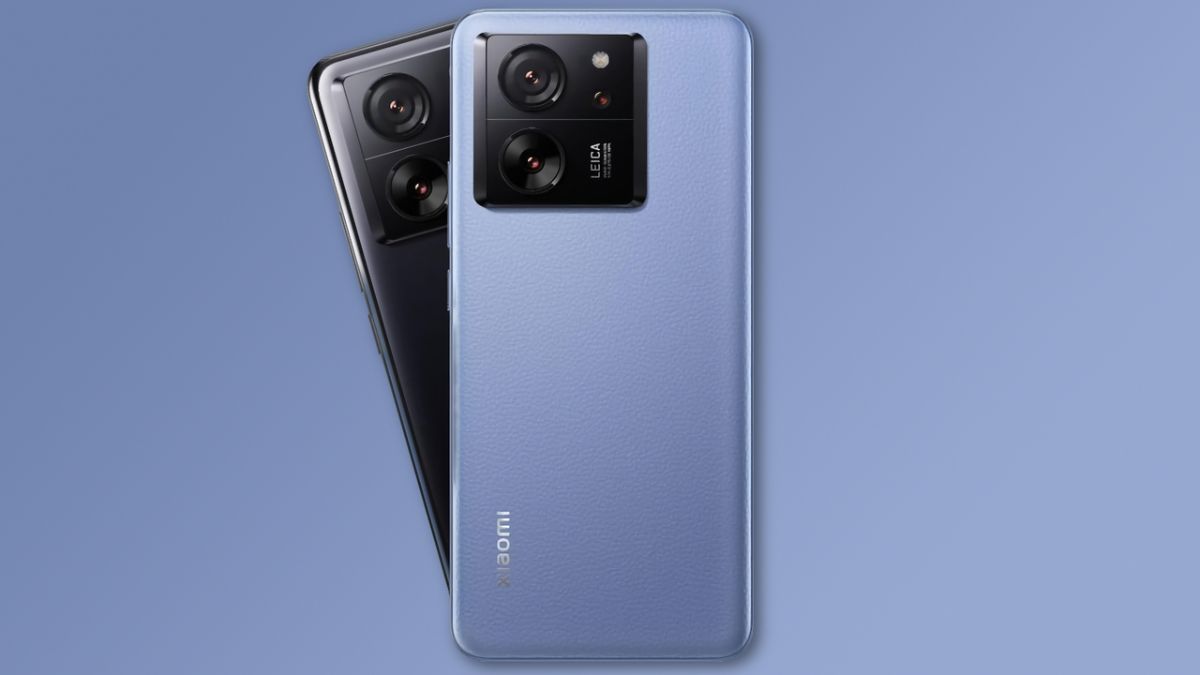Necessary Always Active
Necessary cookies are required to enable the basic features of this site, such as providing secure log-in or adjusting your consent preferences. These cookies do not store any personally identifiable data.
|
||||||
|
||||||
|
||||||
|

Chinese tech giant Xiaomi will launch its next smartphone by the end of September 2025. The smartphone maker will also update its branding in a bid to compete with Apple. According to Yahoo Finance, Xiaomi’s haste to launch its flagship smartphone will see the Chinese firm unveil the new 17 generation and shift its normal product unveiling schedule.
In an early smartphone flagship release, Xiaomi will go straight to its new 17 series lineup, which includes the upcoming Xiaomi 17 Pro and 17 Pro Max, in a process that mirrors Apple’s iPhone naming style.
On September 15, 2025, the company said that by adjusting Xiaomi’s smartphone release schedule for 2025, it will be better placed to compete with Apple. Smartphones manufactured by the U.S. tech giant have set the standard for the high-end market for a long time.
Apple unveiled iPhone 17 series during its annual event on September 9, 2025. The new series comprises four models namely iPhone 17 Air, iPhone 17, iPhone 17 Pro, and iPhone 17 Pro Max, each with notable enhancements, including improved designs. The new iPhone series will be available in outlets globally starting September 19, 2025.
Xiaomi’s 2025 flagship phone launch comes at a time when Apple is controlling 62% of the premium smartphone market globally. Its handsets are priced upwards of $600 according to data from Counterpoint Research.
“We started our premiumization strategy five years ago to learn from our greatest competitor, benchmarking ourselves against the iPhone. Apple is still outstanding. But we are highly confident we can face the challenge with the same generation of product,” Xiaomi President Lu Weibing posted on Weibo.
In the first half of 2025, Xiaomi recorded a 55% increase in premium smartphone sales. The company has a better chance of competing with Apple in China where iPhone Air is yet to hit the market.
Despite the delay, data on pre-orders shows that iPhone 17 may be off to a strong start in the Chinese market. Analysts say that this year, government subsidies have made the entry-level model more attractive for buyers than the previous variant. Additionally, Apple is out to defend its market share in the Chinese market. According to Jeffries analyst Edison Lee, the U.S. tech giant has adopted a pricing strategy that reflects its commitment towards defending its Chinese market share.
In May 2025, the company had to boost iPhone trade-in value in a bid to recover lost market share in China. The trade-in campaign was aimed at offering incentives to buyers as the company sought to revitalize iPhone sales in the China Asian market and reclaim the market share that it had lost to domestic competitors. In 2024, Apple lost its China’s smartphone market share to domestic manufacturers like Huawei and Vivo after its iPhone sales dropped by 17%.
Xiaomi’s accelerated rollout of its new flagship smartphones points to a company that is confident about competing with Apple.
“Jumping to the 17 series sounds like Xiaomi is confident enough to say that it can be as good as Apple, which is still held in high regard in China. For Xiaomi, 10% of its China smartphone shipments were above $600 in the first half of this year, which is up from nearly nothing in 2019,” IDC analyst Bryan Ma said.
Xiaomi is well known for its value-for-money proposition which spans across its product range. In 2021, the Chinese tech giant made a bold entry into the electric vehicle industry. Over the last one year, this move has started to pay-off with Xiaomi stock rising almost three times at the Hong Kong stock exchange.